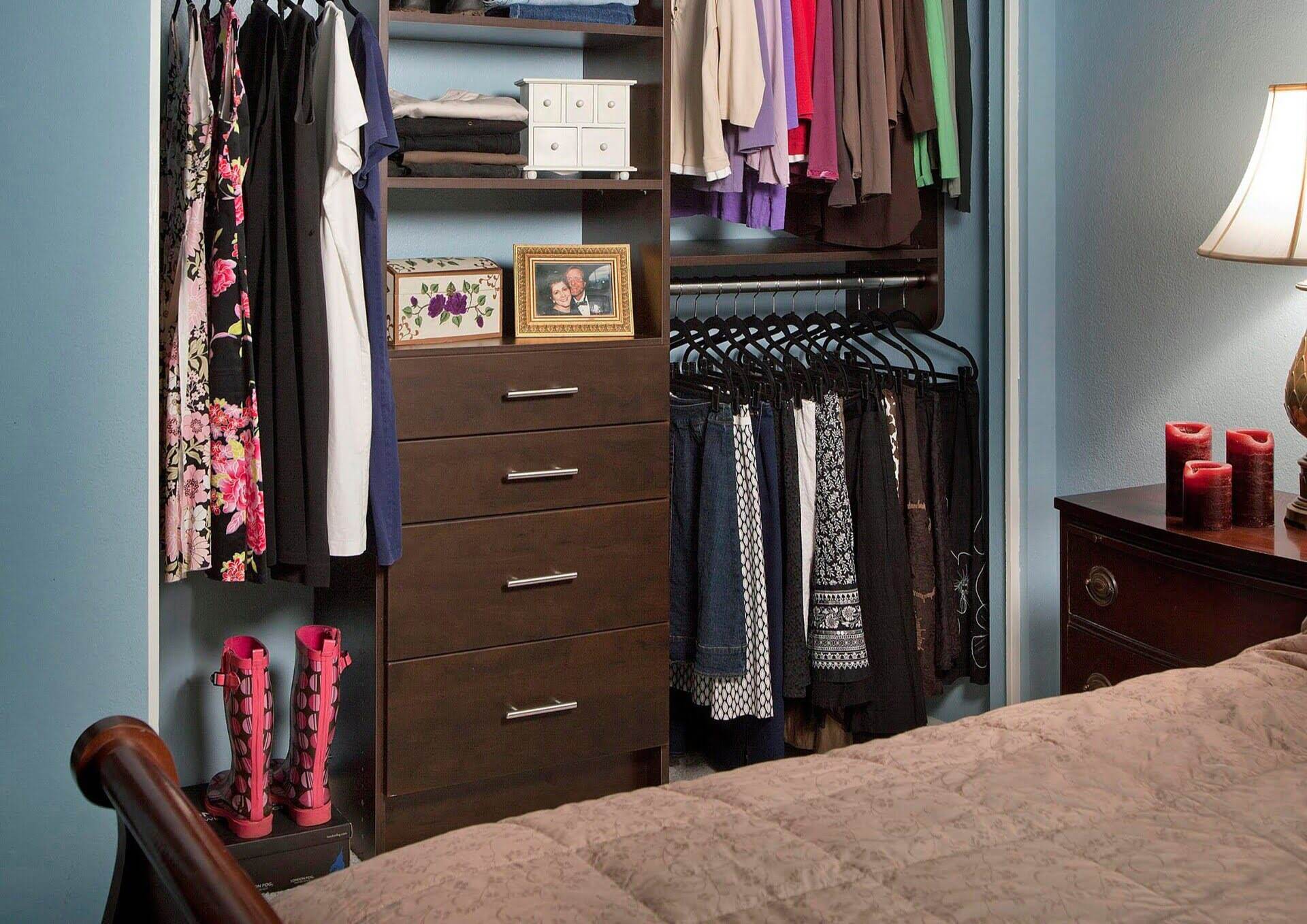

Furniture
How To Fit A Dresser In A Closet
Modified: May 6, 2024
Learn how to fit a dresser in a closet and maximize your furniture space. Expert tips and hacks for organizing and optimizing your storage.
(Many of the links in this article redirect to a specific reviewed product. Your purchase of these products through affiliate links helps to generate commission for Storables.com, at no extra cost. Learn more)
Introduction
Are you tired of the cluttered appearance in your bedroom? Do you have a dresser that takes up precious floor space? If so, you may be wondering how to fit a dresser in a closet. Thankfully, with a few simple steps, you can maximize your storage space and create a more organized and spacious bedroom.
In this article, we’ll guide you through the process of fitting a dresser inside your closet, from measuring the space to organizing the contents. So, let’s dive in and transform your bedroom into a clutter-free sanctuary!
Key Takeaways:
- Maximize your bedroom space by fitting a dresser in your closet. Clear the path, disassemble, position, and organize to create a clutter-free and organized sanctuary.
- Utilize closet space efficiently by adding shelves, organizers, and storage solutions. Create a well-organized system for easy access to your belongings and maintain a serene living space.
Read also: 10 Unbelievable Closet Dresser for 2024
Step 1: Measure the Closet and Dresser
The first step in fitting a dresser in a closet is to accurately measure both the closet and the dresser. Grab a measuring tape and follow these simple instructions:
- Measure the height, width, and depth of your closet. It’s important to note any obstructions such as hanging rods or shelves that may limit the available space.
- Measure the dresser’s dimensions, including its height, width, and depth. Pay attention to any protruding drawers or knobs that may affect its overall measurements.
- Compare the measurements of the closet and the dresser to ensure that the dresser will fit comfortably without obstructing the closet door or hindering access to other items in the closet.
By accurately measuring both the closet and the dresser, you’ll have a clear understanding of their sizes and be able to plan the fitting process more effectively.
Step 2: Empty the Closet
Before attempting to fit a dresser in the closet, it’s essential to clear out the existing items from the closet. This will create a clean slate and allow you to properly assess the available space.
Start by taking out all the clothes, shoes, and other items from the closet. Sort through them and decide what you want to keep, donate, or throw away. This is a great opportunity to declutter and get rid of any unnecessary items that may be taking up valuable space.
Once you have emptied the closet, take the time to clean the shelves, rods, and floor. Dust and vacuum the space to ensure it’s fresh and ready for the newly positioned dresser.
Emptying the closet and decluttering will not only make it easier to fit the dresser but also give you the chance to organize your belongings and create a more efficient storage system in the process.
Step 3: Disassemble the Dresser
Now that you have cleared out the closet, it’s time to prepare the dresser for fitting. In most cases, dressers come in multiple pieces that can be disassembled for easier transportation and fitting.
Start by removing all the drawers from the dresser. Empty the contents of each drawer and set them aside. If the dresser has any removable knobs or handles, unscrew them as well.
Next, check if the dresser has any removable legs or base. If so, use a screwdriver or appropriate tool to unscrew them from the main frame. These removable parts will help reduce the overall dimensions of the dresser and make it easier to maneuver into the closet.
Make sure to keep all the screws and small parts in a safe place, such as a ziplock bag, so you don’t lose them during the disassembly process.
By disassembling the dresser, you’ll be able to decrease its overall size and better navigate it through the doorway and into the closet.
Step 4: Clear the Path to the Closet
Now that the dresser is disassembled and ready to be moved into the closet, it’s essential to clear the path to ensure a smooth and hassle-free transition.
Remove any obstacles such as furniture, rugs, or decor items that may obstruct the way. Make sure there is ample space to maneuver the dresser through hallways and doorways without causing any damage to the walls or other furniture.
If you have tight corners or narrow doorways, consider protecting them with furniture sliders or moving blankets to prevent any scratches or dents during the transportation process. These preventative measures will help maintain the integrity of your home while moving the dresser.
Additionally, if the closet is located on a different floor or level, make sure there are no staircases or obstacles that may pose a challenge when carrying the dresser. If necessary, enlist the help of friends or family members to safely navigate the dresser through any tricky spots.
By clearing the path to the closet, you’ll ensure a seamless and hassle-free journey for the disassembled dresser.
Measure the dimensions of the dresser and the closet to ensure it will fit. Consider removing the closet doors for easier access. If the dresser is too tall, consider laying it on its side.
Step 5: Position the Dresser Inside the Closet
With the path cleared and obstacles out of the way, it’s now time to carefully position the disassembled dresser inside the closet. Follow these steps to ensure a proper fit:
- Start by sliding the main frame of the dresser into the closet. Lift and angle it as needed to fit through the doorway.
- Once inside the closet, align the dresser with the back wall to ensure stability and proper positioning.
- If the dresser has removable legs or bases, reattach them to the main frame. Use a screwdriver or appropriate tool to secure them in place.
- Next, slide the drawers back into their respective slots. Take the time to ensure they are aligned properly and slide in and out smoothly.
- If the dresser has removable knobs or handles, reattach them as well. Make sure they are securely fastened.
During the process, be mindful of any shelves, hanging rods, or other obstructions in the closet. Adjust the positioning as needed to maximize space and ensure easy access to other items.
Once the dresser is properly positioned and reassembled, step back and assess the overall appearance. Ensure that it fits comfortably within the closet without blocking the closet door or impeding your ability to move around freely.
By following these steps, you’ll successfully position the dresser inside the closet, optimizing space and creating a more organized bedroom environment.
Step 6: Reassemble the Dresser
Now that the dresser is positioned inside the closet, it’s time to reassemble the various components to ensure its functionality and stability. Follow these steps to properly reassemble the dresser:
- Start by referring to any assembly instructions or manuals that came with the dresser. These will provide specific guidance on how to reattach each component correctly.
- Begin with the legs or base of the dresser. Use the appropriate screws or fasteners to securely attach them to the main frame. Ensure that they are tightened properly to provide stability.
- Next, place the drawers in their respective slots. Slide them in carefully, making sure they are properly aligned and sitting flush with the dresser frame.
- If the dresser has removable knobs or handles, reattach them to the drawers. Tighten them securely to ensure they don’t come loose during use.
- Check the overall stability of the dresser by gently shaking it from side to side. If you notice any wobbling or instability, double-check that all components are securely attached and tightened.
During the reassembly process, pay attention to any specific guidelines provided by the manufacturer. This will help ensure that the dresser is safely put back together and ready for use.
Once reassembled, take a moment to admire your handy work. The dresser is now ready to be filled with your clothes, accessories, or any other items you wish to store in the closet.
By following these steps, you’ll successfully reassemble the dresser, restoring its functionality and ensuring it remains sturdy inside the closet.
Step 7: Organize the Contents
Now that the dresser is reassembled and ready for use, it’s time to organize the contents inside. Follow these steps to create a well-organized and efficient storage system:
- Sort your clothes, accessories, and other items into categories. This could include categories such as tops, bottoms, socks, or accessories.
- Fold or hang your clothes neatly and place them in the appropriate drawers or sections of the dresser. Use drawer dividers or organizers to further separate and optimize space within the drawers.
- Utilize the top surface of the dresser for items you use frequently or want to display, such as a jewelry box or perfume bottles.
- Consider adding additional storage solutions, such as bins or baskets, to further organize smaller items like socks, scarves, or belts.
- Label or color-code the different sections or drawers to make it easier to find specific items and maintain the organization over time.
Remember to keep frequently used items easily accessible, placing them in the top drawers or sections for convenient retrieval.
By organizing the contents of the dresser, you’ll create a streamlined and efficient system that makes it easier to find and access your belongings. This will help maintain the tidiness and functionality of your closet and dresser in the long run.
Step 8: Utilize Closet Space Efficiently
With the dresser successfully fitted inside the closet and the contents organized, it’s time to optimize the remaining space in the closet for maximum efficiency. Follow these tips to make the most of your closet storage:
- Install additional shelving or hanging rods if needed. This will allow you to take advantage of vertical space and create more storage options for folded clothes, shoes, or accessories.
- Consider using hanging organizers or shoe racks to make use of the vertical space on the inside of the closet doors. These will provide extra storage for items like scarves, belts, or shoes.
- Utilize storage containers or bins to store seasonal clothing or items that are not currently in use. Label each container to easily identify its contents.
- Use storage solutions such as hanging sweater organizers or shelf dividers to better organize and separate different categories of clothing.
- Maximize floor space by using under-bed storage boxes for items like extra bedding or out-of-season shoes.
Regularly assess the contents of your closet and identify any items that you no longer need or use. Donate or discard these items to create more space and maintain an organized closet.
Remember to leave room for airflow and circulation within the closet to prevent musty odors or damage to your clothing.
By utilizing your closet space efficiently, you’ll create a well-organized and functional storage system that maximizes your available space and helps you easily locate and access your belongings.
Conclusion
Fitting a dresser inside a closet is a practical and efficient way to create more storage space and optimize the layout of your bedroom. By following the steps outlined in this article, you can successfully transform your cluttered bedroom into a well-organized and spacious sanctuary.
From measuring the closet and dresser to carefully positioning the disassembled pieces inside the closet, each step plays a crucial role in achieving the desired outcome. Remember to clear the path, disassemble and reassemble the dresser as needed, and organize the contents in a systematic manner.
By utilizing the available closet space efficiently, you can make the most of your storage options and create a streamlined system that makes it easy to find and access your belongings. Remember to regularly declutter and assess the contents of your closet to maintain an organized and functional space.
So, go ahead and tackle that closet makeover project – you’ll be amazed at how much space you can save and how much more serene and organized your bedroom will feel as a result. Enjoy the benefits of a well-fitted dresser in your closet and revel in the newfound sense of order and tranquility it brings to your living space.
Now that you've mastered fitting a dresser into your closet, why stop there? Enhance your closet's functionality with quick closet organization, perfect for keeping shirts neat and accessible. For those looking to declutter every part of their home, don't miss our ingenious home storage solutions, offering clever ways to maximize space. And if you're dreaming of a custom closet, our guide on designing your own closet will walk you through creating a space that's both beautiful and practical.
Frequently Asked Questions about How To Fit A Dresser In A Closet
Was this page helpful?
At Storables.com, we guarantee accurate and reliable information. Our content, validated by Expert Board Contributors, is crafted following stringent Editorial Policies. We're committed to providing you with well-researched, expert-backed insights for all your informational needs.
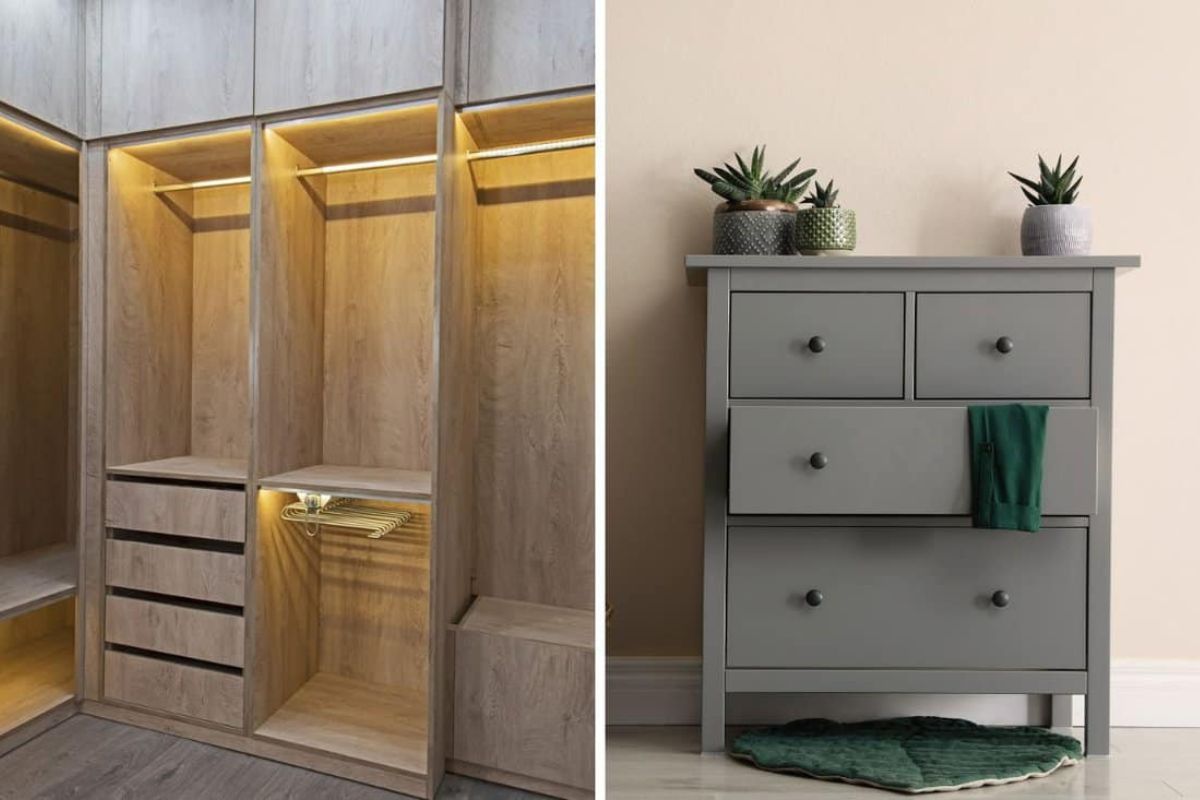
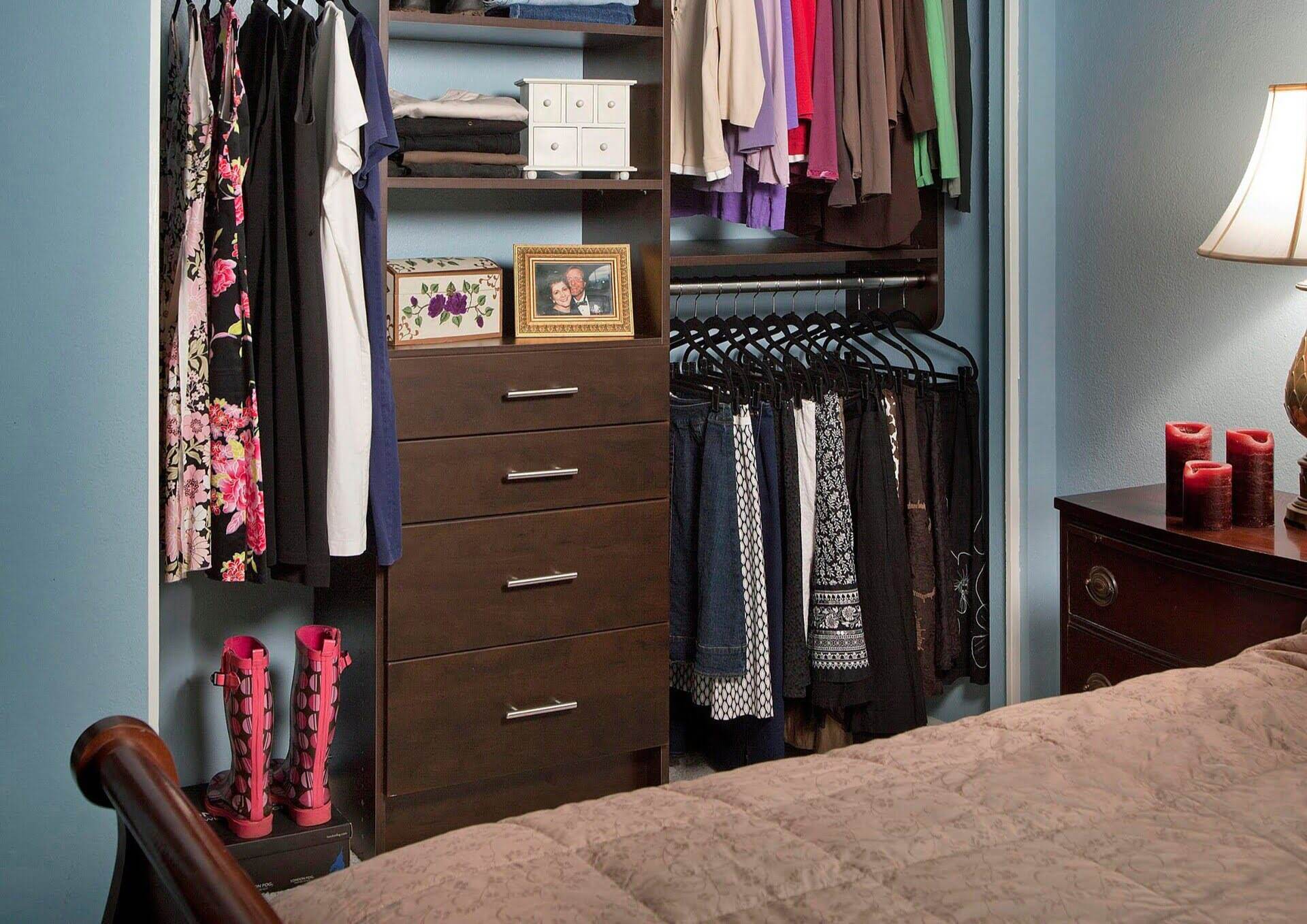
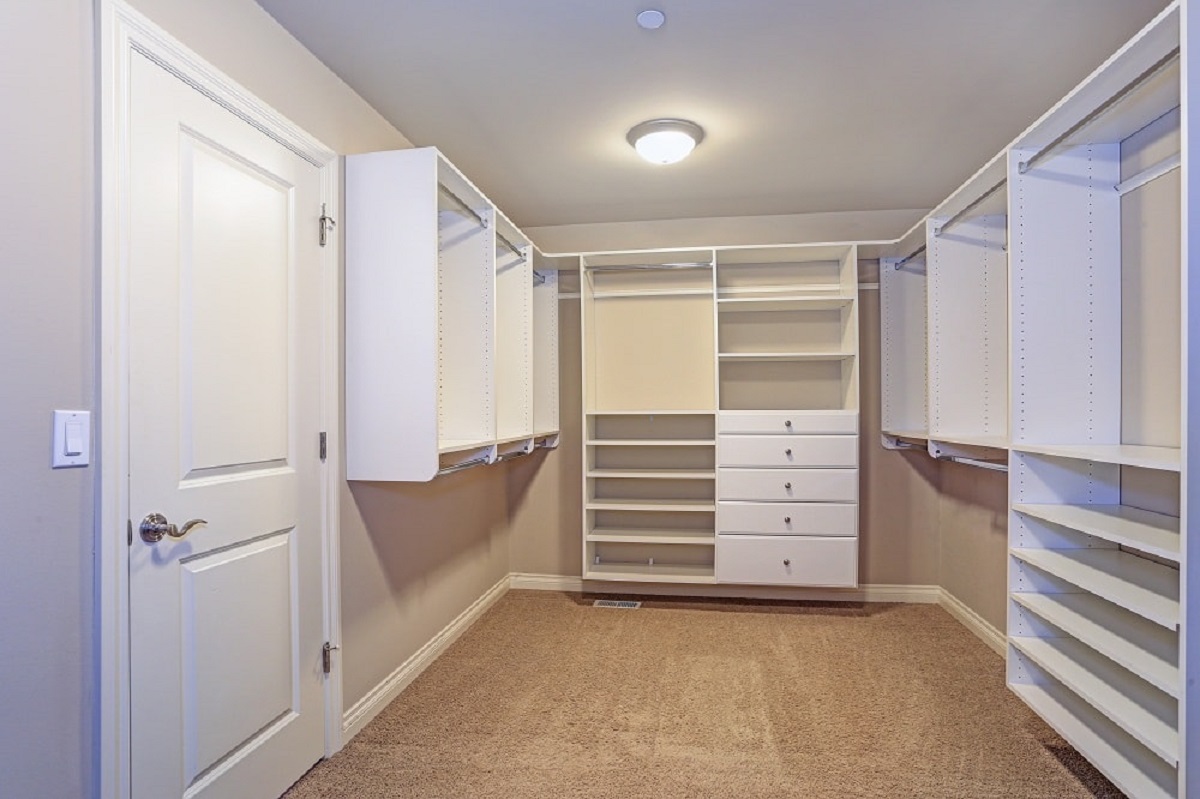
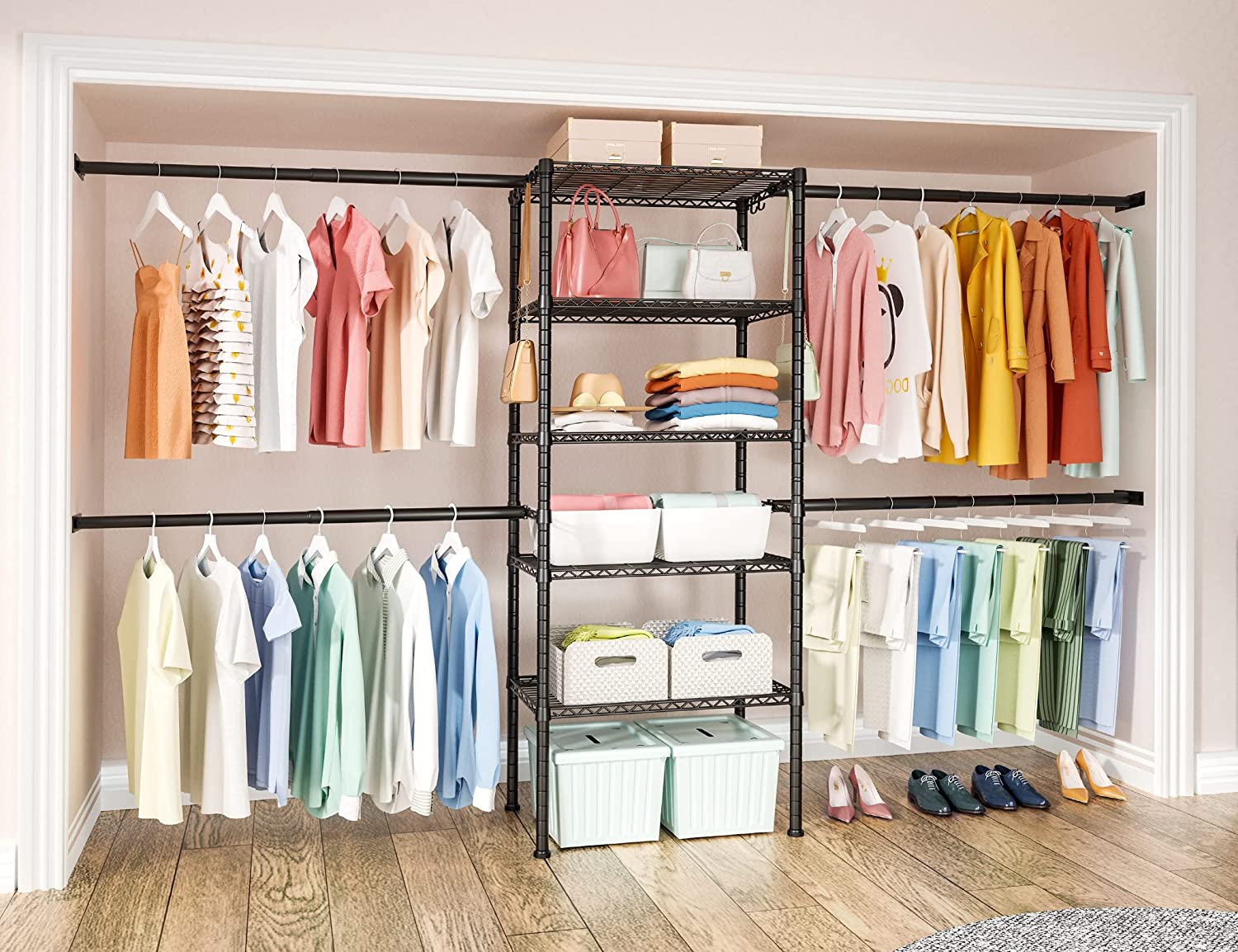
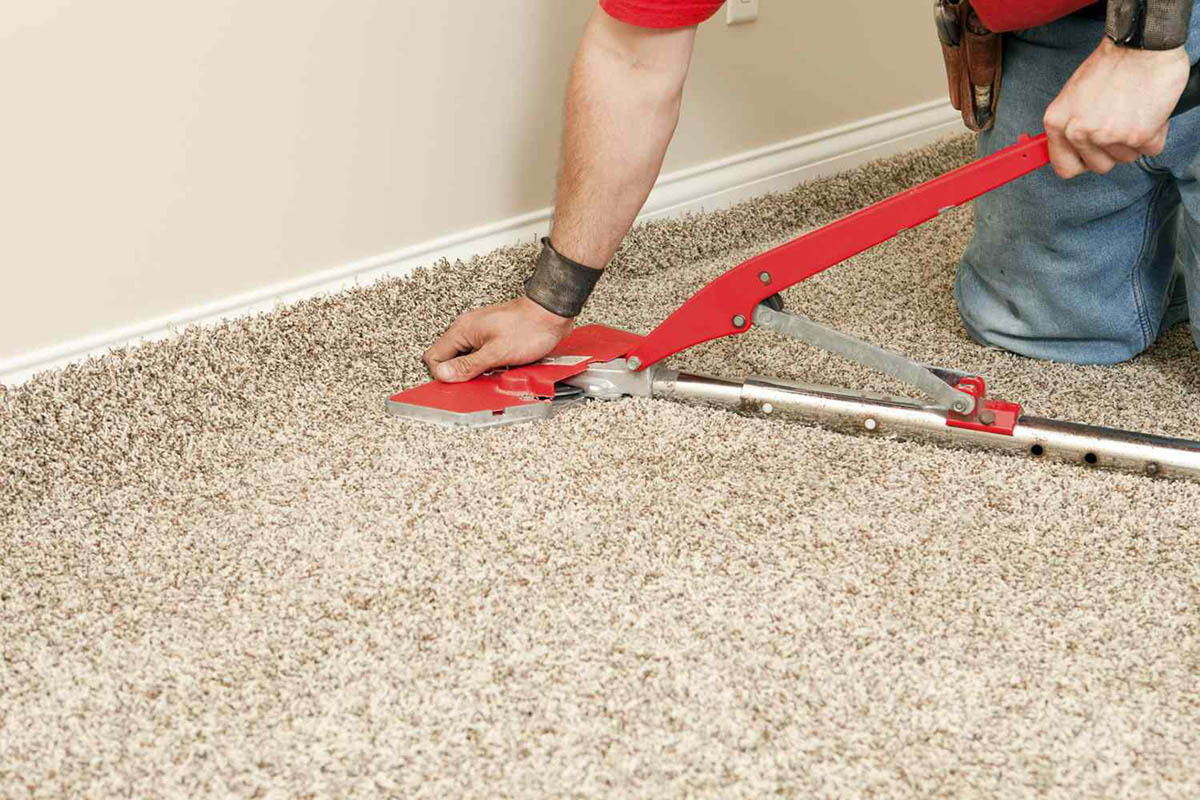
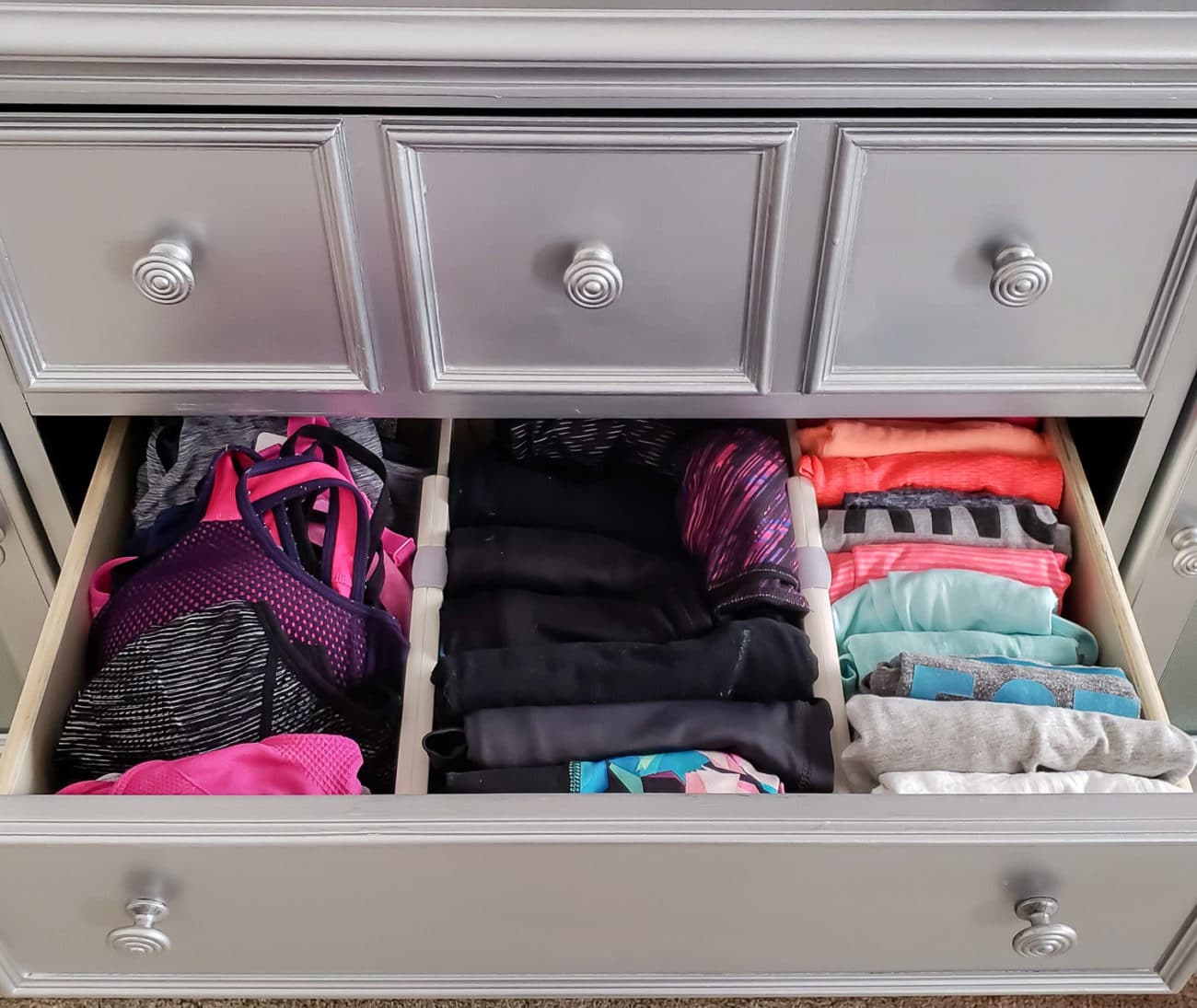
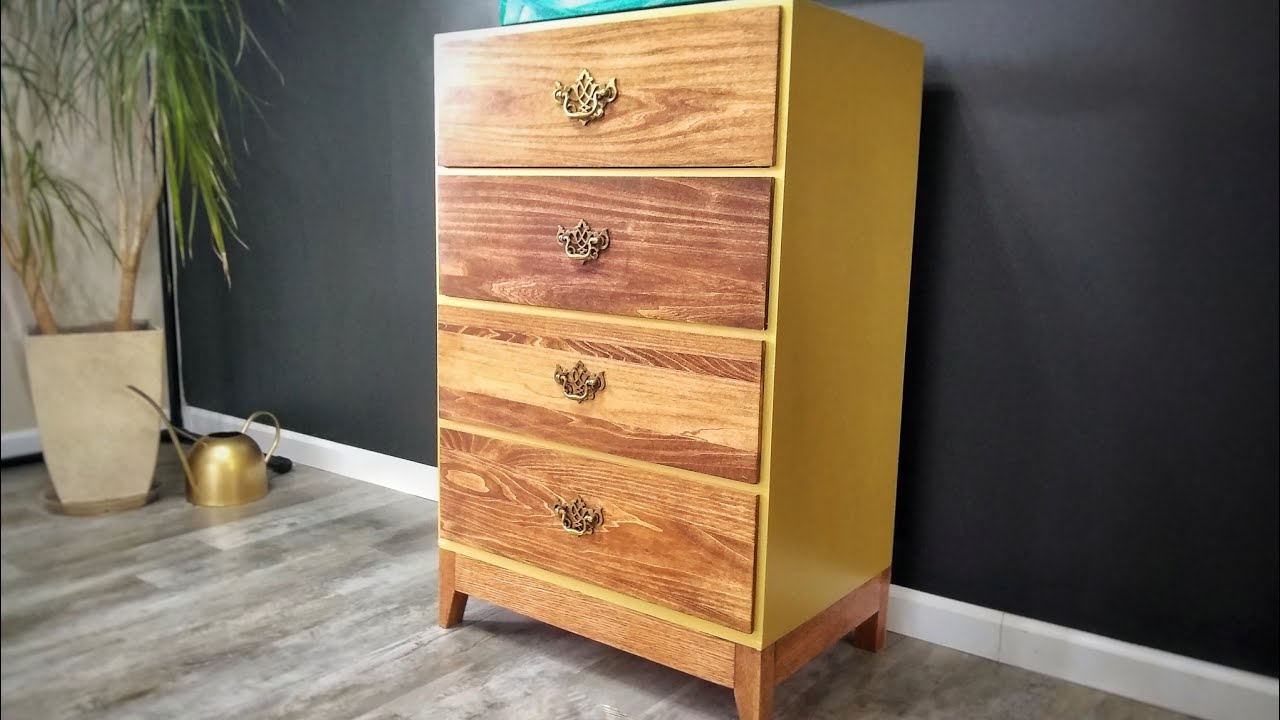
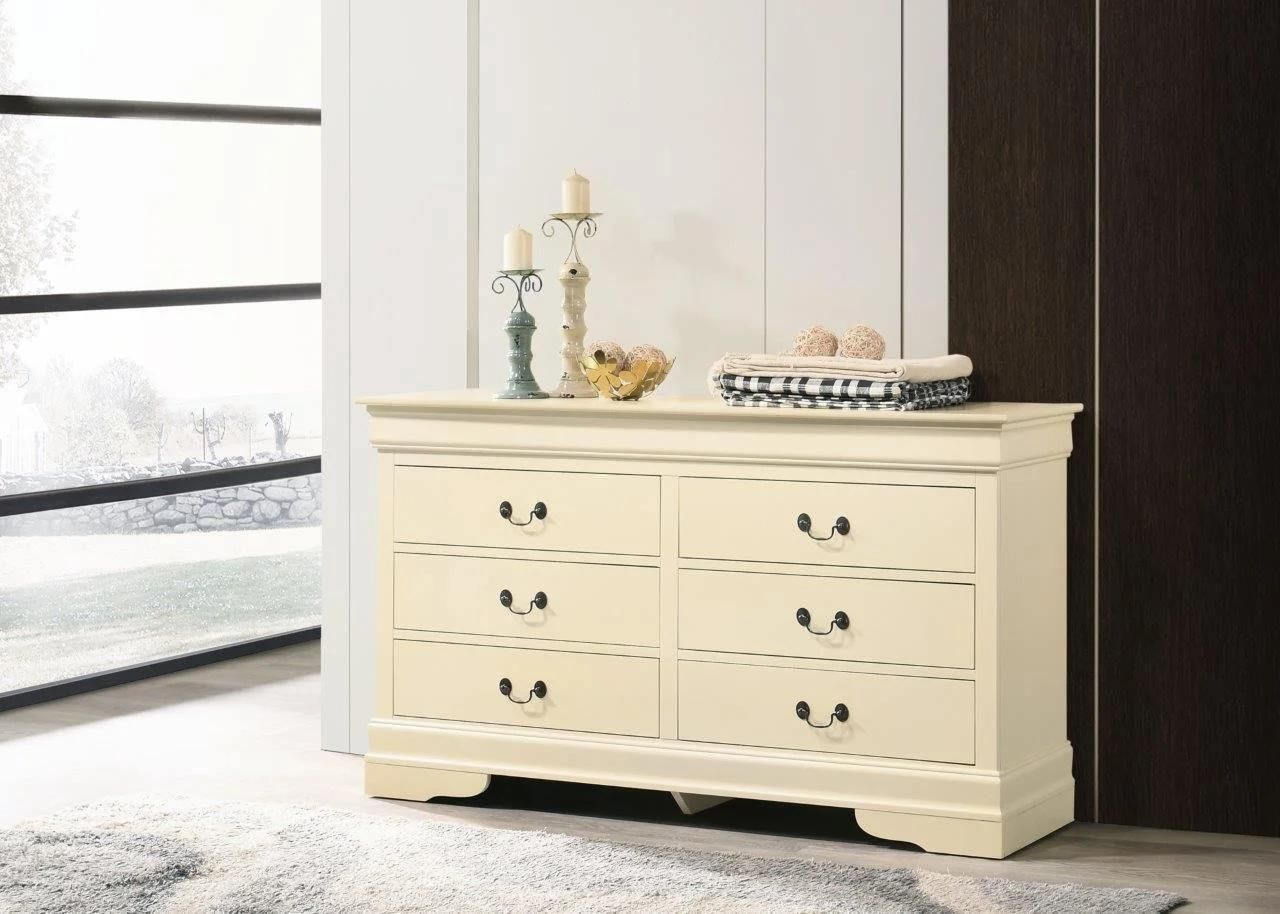
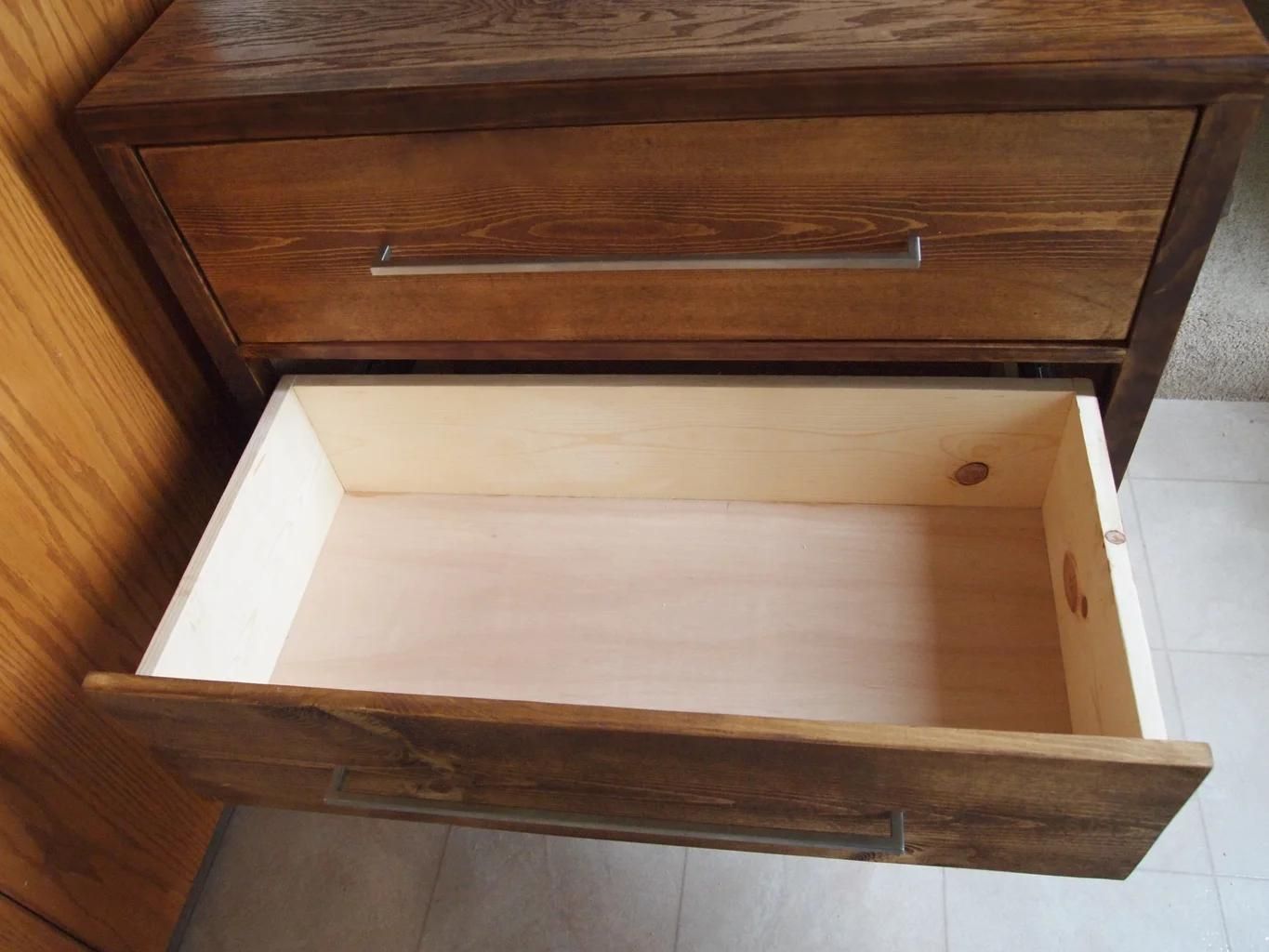
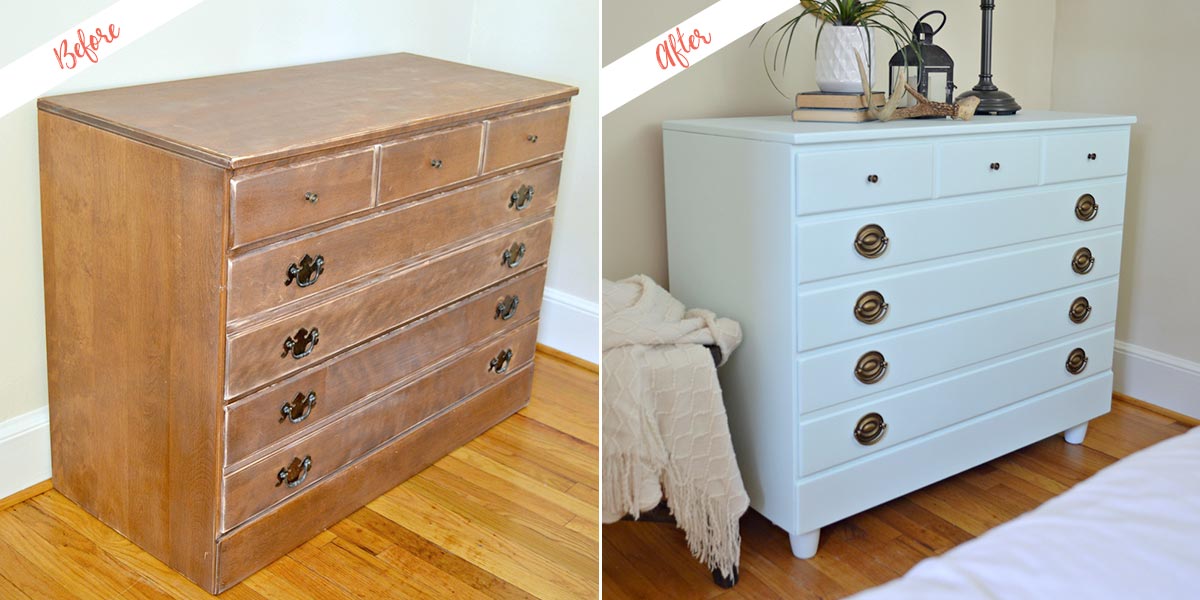
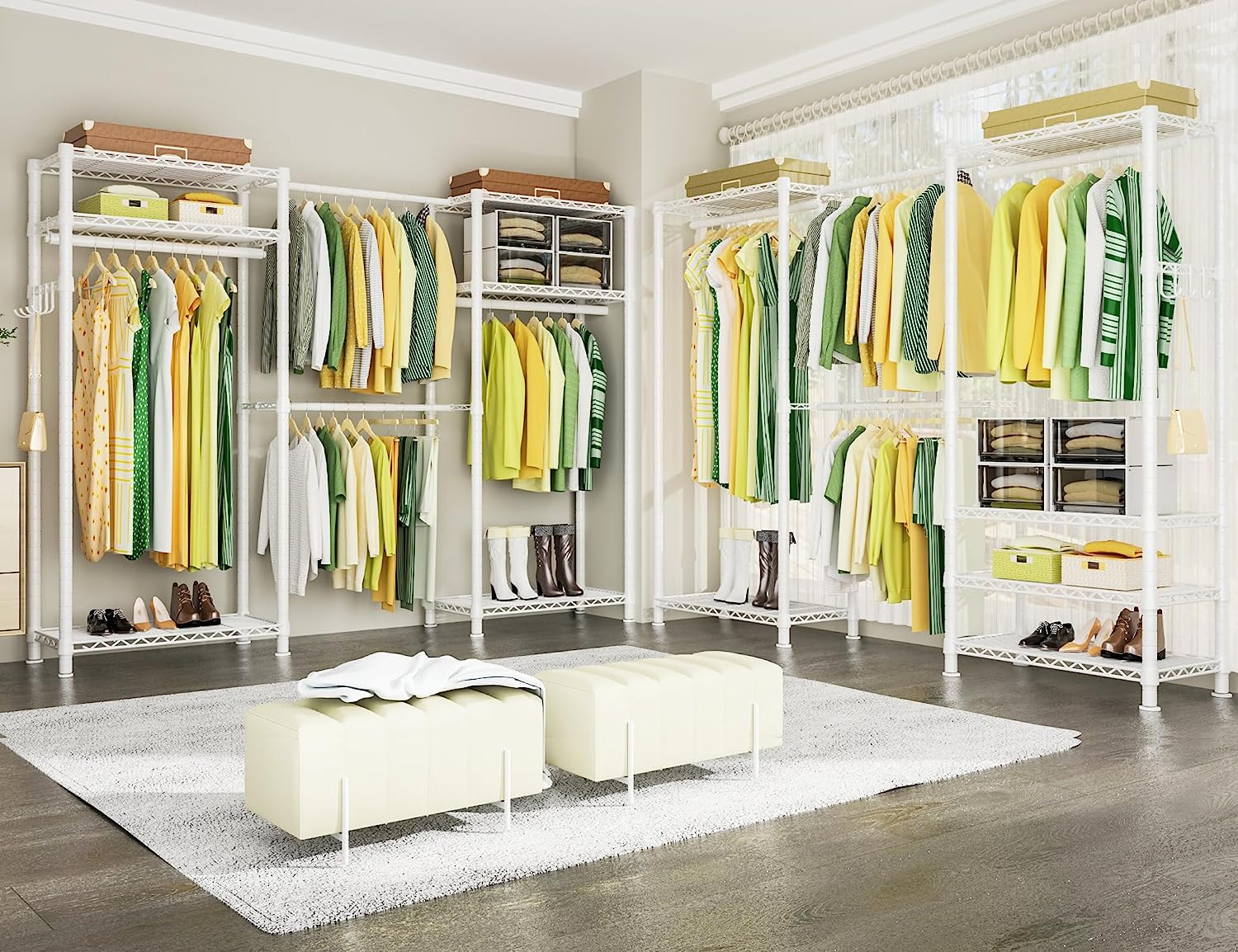
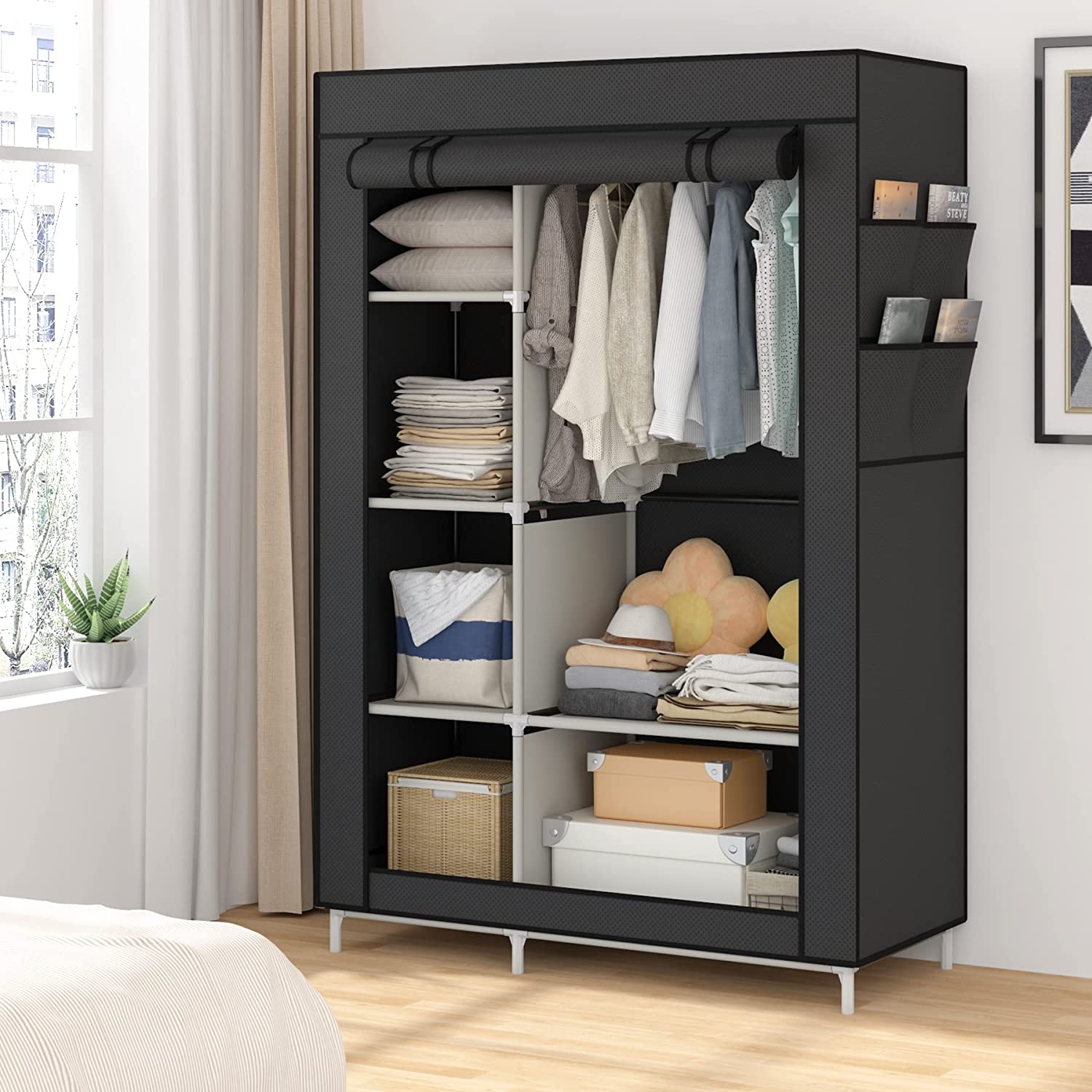
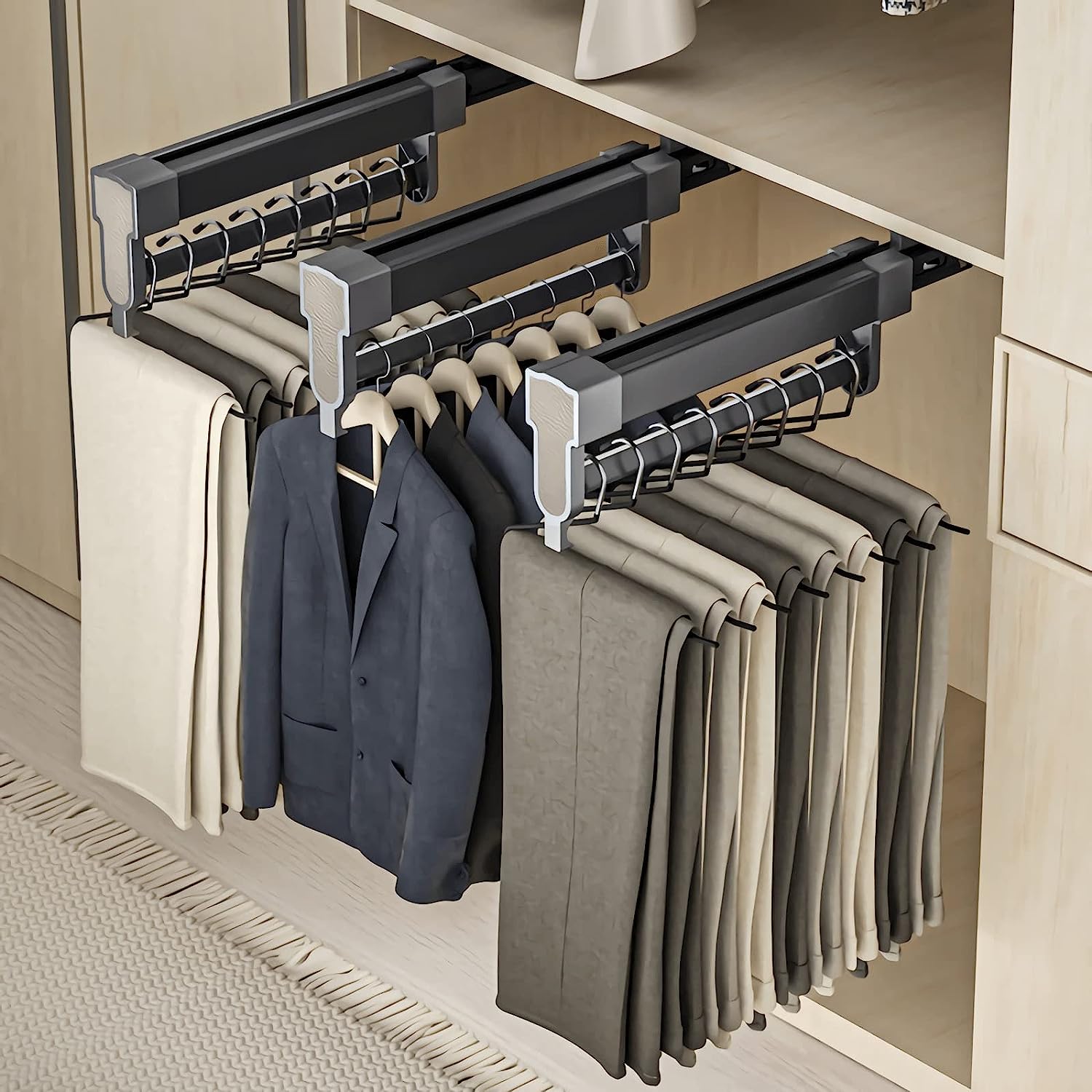

0 thoughts on “How To Fit A Dresser In A Closet”